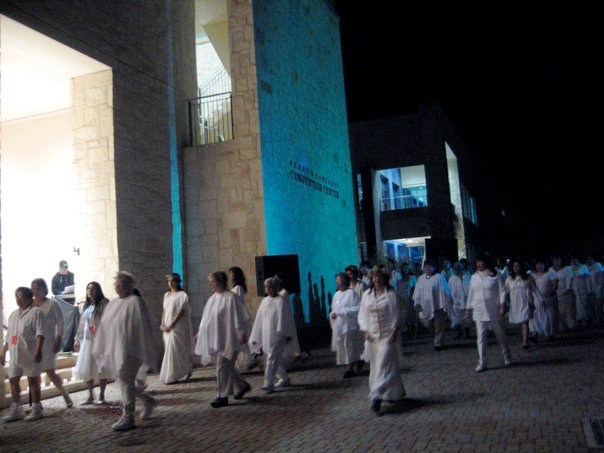
Lydia Mendoza, born May 21, 1916, died peacefully last night in San Antonio, Texas at the age of 91.
If you don't know who she was, ask your grandmother, who likely remembers her and her twelve-string guitar at the Plaza del Zacate in San Antonio, Texas, with the chili queens in the early 1930s. She sang, literally, for pennies, as part if a struggling musical family following the migrant route to Michigan and back, until she was signed to the Blue Bird label in 1934. One of her songs, Mal Hombre, was an overnight success, when she was just 17 years old.
She emerged as one of the few tejanas to gain national prominence in a time when few women were encouraged to pursue a musical career. Throughout her life, until she suffered a stroke in 1988, she was beloved for singing the songs of the poor, working-class mexicanos she came from, as La cancionera de los pobres and La alondra de la frontera.
In 1982, Lydia Mendoza became the first Texan to receive a National Endowment for the Art's National Heritage Award. Her last public appearance was a tribute, A Serenata to Lydia Mendoza, for her 90th birthday, presented by the Esperanza Peace and Justice Center at the Plaza Guadalupe in September 2006.
It rained that night, and Lydia Mendoza's illness prevented her from singing for the thousands who came just to show their respeto to the woman who knew at least a thousand songs about their lives, their loves, their language, and their dreams. She learned the words to those songs when she was a little girl in Monterrey, Mexico, from reading bubble-gum wrappers, then listening in the shadows to the men who sang those songs, then teaching herself to play the mandolin, the guitar, the violin, the piano, the bass fiddle, and any instrument she picked up.
Adios, Lydia. I will remember you because my mother listened to your songs crying for my father who didn't love her. She cried as hard as that rain that last time I saw you at the Plaza, and that's how you always sang. You cried for her, didn't you, for all of us.
The memorial service is tomorrow, December 22, 2007, at the Guadalupe Church. Lydia Mendoza will be buried at San Fernando II afterwards. That's what Radio KEDA, the conjunto station, also known as Radio Jalapeno in San Antonio, has announced, playing her songs continuously since yesterday in tribute.
Muchas Gracias a Yolanda Broyles-Gonzalez, for writing the autobiography of Lydia Mendoza, Lydia Mendoza's Life in Music, Oxford University Press, 2001.
photo credits: Lydia Mendoza lydia_mendoza.mondomix.com

Comments